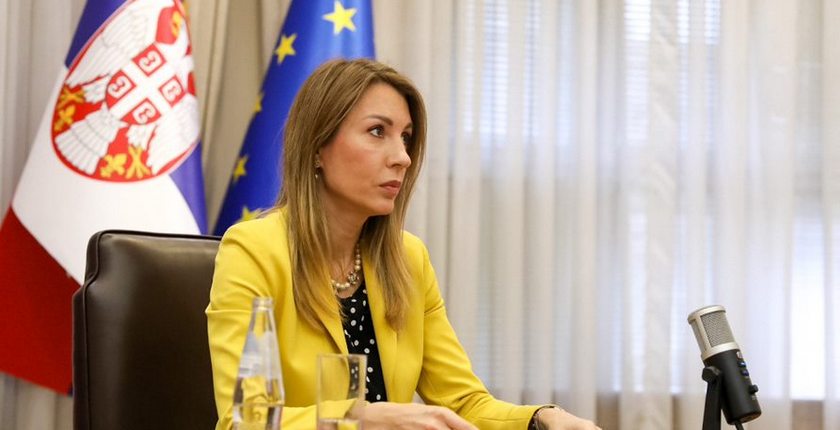
Photo: Ministry of Mining and Energy
The European Commission, through the Western Balkans Investment Framework (WBIF), is providing an EUR 8.44 million grant to Serbia to help it modernize the Bistrica hydropower plant and produce a feasibility study with an environmental impact assessment for the Central Balkan Corridor project.
The Bistrica modernization project and the construction of the Central Balkan Corridor will help increase Serbia’s renewable energy capacities as well as transmission capacities by connecting it with its eastern and western neighbors. It will make Serbia an important hub within the European electricity system, according to a press release from the Ministry of Mining and Energy.
The grant will cover about 20% of the project cost, estimated at EUR 36.1 million
Bistrica’s reconstruction, which will extend the hydropower plant’s operating life, will be supported with EUR 7.72 million, covering about one fifth of the estimated investment value, of EUR 36.1 million. The hydropower plant on the Lim river, with a total installed capacity of 104 MW, was built more than 60 years ago. It is run by state-owned coal and power utility Elektroprivreda Srbije, EPS.
Works are expected to begin next year
The start of works is planned for the second half of 2024, according to Minister of Mining and Energy Dubravka Đedović.
Serbia also plans to build a pumped storage hydropower plant called Bistrica, with a capacity of 628 MW, which will be located downstream of the existing Bistrica hydropower plant. This project, according to the latest estimates, will cost some EUR 1.2 billion, and Serbia is preparing to negotiate financing with Japan International Cooperation Agency (JICA).
At the same time, the Republic of Srpska, one of the two political entities in neighboring Bosnia and Herzegovina, intends to build three cascading hydropower plants on the Bistrica, a different river, near the town of Foča.
Central Balkan Corridor valued at EUR 195 million
Of the total value of the European Commission’s grant, about EUR 724,500 will go towards a feasibility study and an environmental impact assessment for the Central Balkan Corridor project.
The construction of the corridor itself should cost around EUR 195 million. The project is part of European Ten-Year Network Development Plan 2022 (TYNDP), prepared by the European Network of Transmission System Operators for Electricity (ENTSO-E).
It involves building a transmission line to connect central Serbia with the Kostolac region, while the second phase envisages linking Serbia and Bulgaria with a 400 kV transmission line and building new transmission lines that would connect eastern and western Serbia.


















Be the first one to comment on this article.